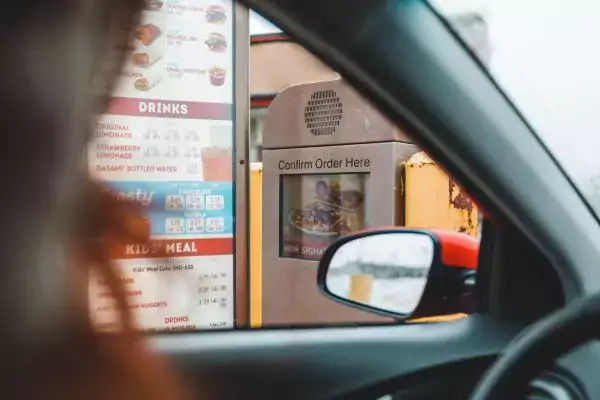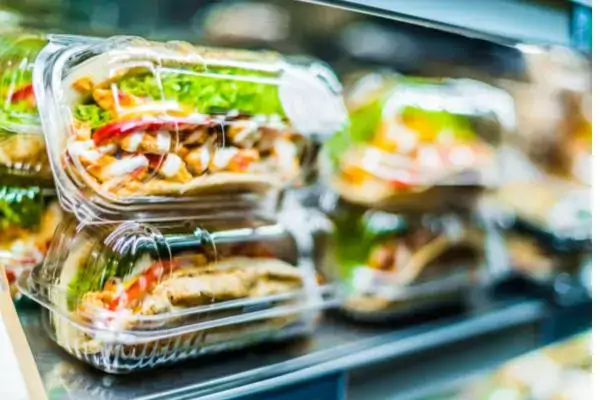The minimum wage debate is a hot-button issue facing the restaurant industry right now.
Los Angeles just became the largest city in America to raise its minimum wage to $15. The increase will be staged in over the next five years. By passing this measure, the city joins Seattle and San Francisco in the push for $15 by 2018. Meanwhile in New York, a board met Monday to discuss the implications of raising the minimum wage for fast-food workers.
For restaurants and restaurant management companies, there are potential pros and cons of paying minimum wage restaurant employees more. Without getting into the political nature of this debate, it’s important to discuss one overriding issue: labor productivity.
Labor costs are a growing concern for the restaurant industry, writes Jonathan Maze of Nation’s Restaurant News. The head of the National Restaurant Association’s research and knowledge group recently revealed that restaurants average $84,000 in sales per worker. In comparison, grocers average $304,000 and gas stations rake in $855,000. All of these industries are competing with restaurants for customers, so something must be done.
Mobile Technology Closes the Gap
As we’ve discussed previously, the restaurant industry is highly demanding in terms of brand consistency and customer service. While it’s not easy for restaurants to increase labor efficiency, there may be some options that have not yet been fully explored. Maze points out that technology is often an untapped resource. At the restaurant level, tablets and ordering apps could help the wait staff become more efficient and possibly reduce the size of the staff. However, there is a much greater opportunity for mobile technology to increase labor efficiency. Think of all the time that could be saved if employees started their shift knowing exactly what needs to be done. Senior management could assign mobile tasks to quickly and efficiently resolve issues and complete tasks. Those extra minutes emailing and making phone calls are eliminated, adding up to hours saved. Consider a scenario where a restaurant chain needs to start preparing for a summer menu promotion. At the front of the house, signage and menus have to change. At the back of the house, new supplies need to be ordered and the kitchen staff needs to prepare. This is a multi-step rollout that needs to be done accurately across a chain.Senior management could assign mobile tasks with start and end dates to complete the rollout while checking that benchmarks are being reached. With progress monitored in real time, last minute scrambling and guesswork is eliminated, staff members aren’t stressed out, and the restaurant is poised to capitalize on sales.
When productivity increases, labor costs are kept under control because restaurants don’t need to hire as many employees. So, if the minimum wage does in fact increase in the city or state where you operate, a restaurant can afford to pay higher wages without a devastating financial impact. Remember: If the senior management team wants employees to be more productive, they have to practice what they preach by implementing the right tools and strategies.Subscribe to our blog
You are now subscribed!


